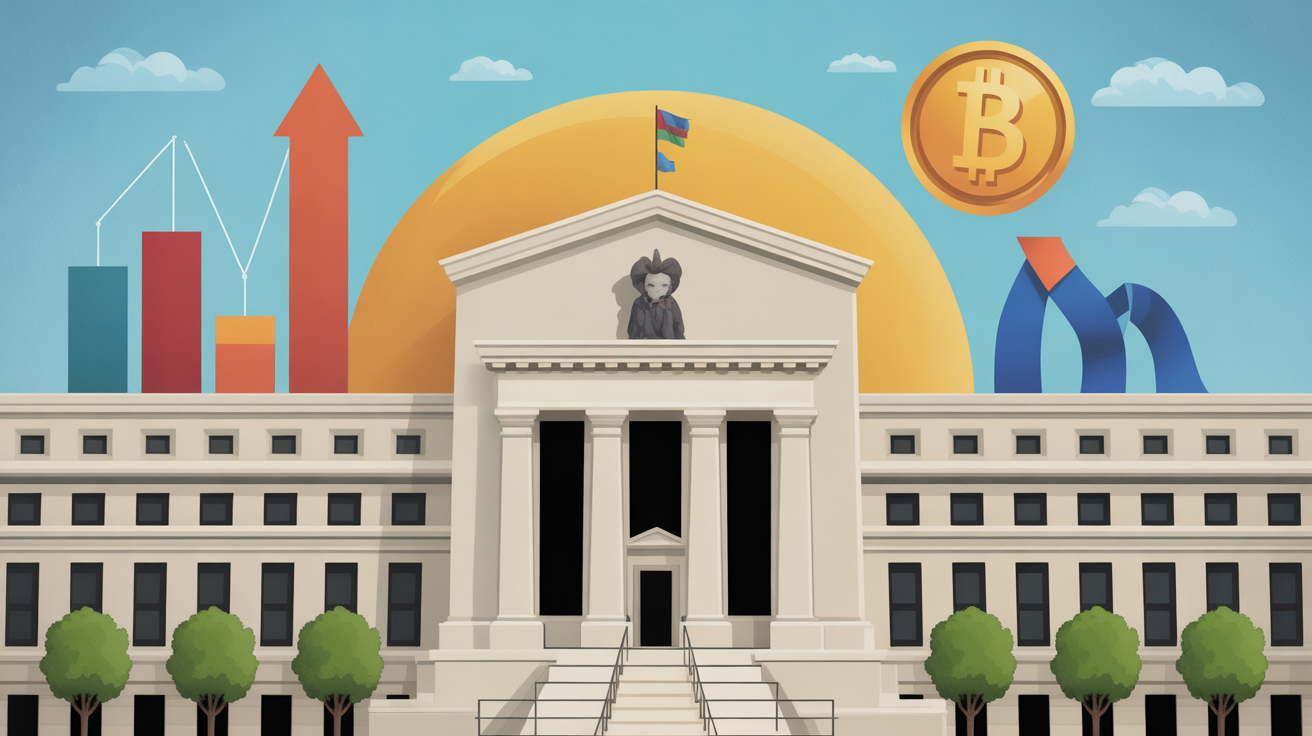Shutdown Clouds Fed’s Oct. 29 Decision as Markets Hold Record Highs
Investors are bracing for the Federal Reserve’s Oct. 29 rate decision amid an ongoing U.S. government shutdown and limited economic data, with markets pricing in a 25 basis-point cut but risks of a surprise pause growing.
Shutdown Halts Key Economic Data
The partial government shutdown that began Oct. 1 has suspended several federal operations, including the Bureau of Labor Statistics, delaying the September jobs report. The data gap leaves the Fed without critical labor market and wage insights as it prepares for the Oct. 28–29 Federal Open Market Committee (FOMC) meeting.
Analysts warn the central bank may be forced to act “without visibility,” heightening uncertainty around the policy path.
Markets Stay Optimistic
Despite the data freeze, risk appetite remains strong.
- Gold closed at $3,886 per ounce, up 48% year-to-date, buoyed by central bank buying and investor demand as inflation hedges.
- Bitcoin traded near $123,196, just below its all-time high of $125,506, driven by ETF inflows and institutional participation.
- The Dow Jones and S&P 500 ended the week at record highs of 46,758.28 and 6,715.79, respectively, reflecting confidence in continued Fed easing.
Markets broadly expect further rate cuts this year as inflation pressures persist globally.
Rate Cut Still Likely — But Fed May Hesitate
According to CME’s FedWatch Tool, futures imply a 96.2% chance of a 25 bps cut, while prediction platform Polymarket sees a 90% probability of the same move.
However, with the Fed deprived of recent labor data, some policymakers may favor a pause to avoid easing too aggressively. Past precedents suggest the central bank tends to err on the side of caution during periods of incomplete data.
The shutdown itself may already be weighing on growth through furloughs and reduced spending, though the extent remains unclear.
Private Indicators to Fill the Gap
In the absence of federal data, the Fed is likely to rely on ADP employment, ISM, and regional Fed surveys to gauge inflation and growth. If these point to cooling conditions, a 25 bps cut is expected; firmer readings could tip the balance toward a hold.
If the shutdown ends before mid-October, a delayed September jobs report might still reach policymakers in time to inform the decision.
Why a Larger Cut Is Off the Table
A 50 bps reduction is seen as highly unlikely given sticky service-sector inflation and strong wage growth. A deeper cut could risk undermining the Fed’s credibility on inflation control — a message Chair Jerome Powell has repeatedly reinforced.
Hedging Against a Fed Pause
Analysts recommend investors consider hedging against a potential pause scenario by:
- Buying put options on Bitcoin or major stock indices.
- Reducing leverage in high-volatility assets.
- Increasing exposure to gold or Treasuries.
- Using volatility ETFs to capture market swings.
Such positioning can help cushion portfolios if the Fed surprises markets later this month.
Bottom Line
Markets are near record highs and confident in another rate cut — but with the government shutdown obscuring key data, the Fed’s October decision could prove far less predictable than traders assume.





